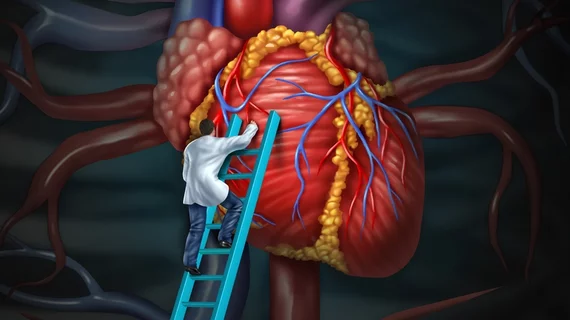Harvard researchers develop 3D model of human ventricle
Harvard University bioengineers have created a 3D model of a human’s left ventricle that they believe could be used to test drugs and study diseases.
Eventually, they hope to develop patient-specific models of human organs using stem cells from that person, which could aid in the development of targeted treatments.
“Our group has spent a decade plus working up to the goal of building a whole heart and this is an important step towards that goal,” said Kit Parker, PhD, in a Harvard-produced news story. Parker was the senior author of a paper about the 3D model published in Nature Biomedical Engineering.
“The applications, from regenerative cardiovascular medicine to its use as an in vitro model for drug discovery, are wide and varied.”
Click below to read the full story, which details how the researchers achieved a ventricular shape and added beating heart cells to it:

